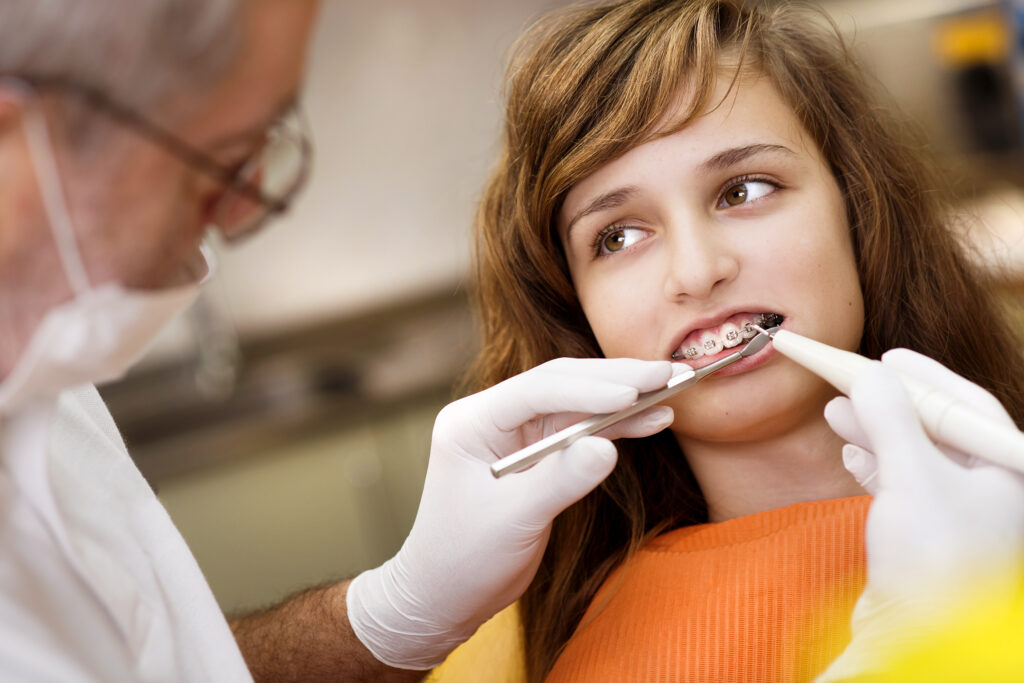Your First Visit at Lowe Orthodontics
Your First Orthodontic Visit
Your first visit to our orthodontic office is an exciting time! It’s a chance for us to get acquainted, and for you to learn about the treatments and services we offer. When you walk in the door, you may notice that our office looks similar to your regular dentist’s office; what we do here, however, is a little different. It all starts with the initial consultation.
You should plan to spend at least an hour with us the first time. That’s to ensure that no one has to rush, and that you get plenty of time to ask any questions you may have. You will meet one of our receptionists or patient coordinators, who will take some information from you and bring you through the office. Then it’s time for some diagnostic work and an exam.
Lowe Orthodontics Plan
A big part of our job today is to determine what treatment is necessary to correct any problems we may find — and whether we should begin now, or wait until a later time. Our procedure starts by taking a set of regular photographs of the teeth in their present state. Next, we’ll probably take a series of radiographic (X-ray) images. These enable us to see what’s going on underneath the gums: the position and growth of bones and joints, and the teeth that are still below the gum line.
In some cases, we may also take an impression (mold) of the teeth. This lets us make an exact replica of the bite, which helps us understand exactly what the problem is and how best to treat it. If we need to do this, we will use digital scanning equipment or ask you (or your child) to bite down on some soft putty-like material for a few moments; then we’ll remove it and make the mold in our lab.
After that, it’s time for the exam. We will look at the records and images, and perform a careful examination. Besides looking in the mouth, we may also ask questions, such as whether the jaws make noise when the mouth is opening or closing, or if there are any problems chewing or swallowing. Taken together, this information will allow us to make a proper diagnosis and finalize our treatment plan at the first visit.

Discussing Your Orthodontic Options
Following the exam, we may tell you that things are just fine — or, we may recommend treatment. Treatment might begin right away or at a later time, depending on the developmental stage of the teeth and jaws. Many times, we’ll advise you to return for a periodic checkup, until we determine that it’s the best time to start. Now that we have a treatment plan, we will also explain what our fees will be, and what payment options are available.
Whether you’re starting now or later, this is the best time to ask questions about the process. We can talk about available treatment choices, answer general questions about what to expect at the different stages of the process, and discuss any of the following:
Can orthodontic treatment benefit me (or my child)?
What general procedures will be used to correct the problem?
Are any options available (or recommended) for my treatment?
Should I get treatment now, or is it better to wait?
Will tooth extraction be necessary?
How much does treatment cost? Are payment plans available?
How long do you expect treatment should take?
When you leave our office, we think you’ll have a better understanding of how we can help you get the best possible smile. So why not take the first step now — call us for a consultation!
